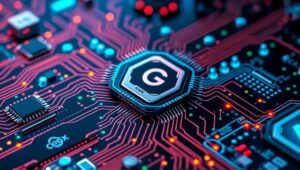Computing for Genomics and Personalized Medicine (2025-2030)
Computing for Genomics and Personalized Medicine (2025-2030) The intersection of computing and genomics is rapidly transforming healthcare, paving the way for personalized medicine. This article explores the advancements expected between 2025 and 2030, focusing on the computational tools, techniques, and challenges that will shape the future of genomics-driven healthcare. The Current Landscape: A Foundation for Future Growth Before diving into the future, it’s essential to understand the current state. Today, genomic sequencing is becoming more accessible and affordable, generating massive datasets. Analyzing this data requires significant computational power and sophisticated algorithms. Key areas of focus include: Data Storage and Management:












